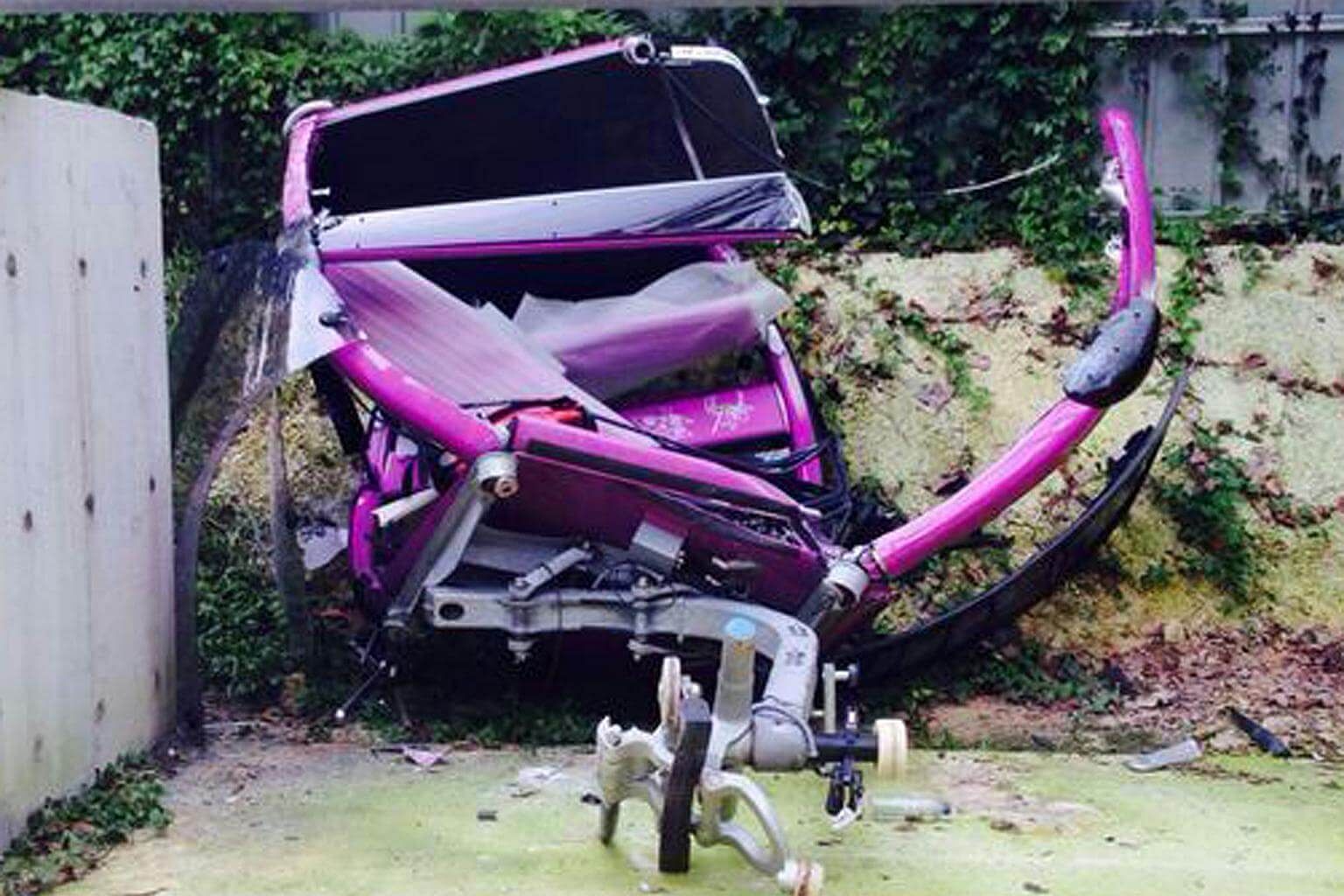All you need to know about the 1983 Sentosa cable car accident
Sign up now: Get ST's newsletters delivered to your inbox
Annabeth Leow
Follow topic:
SINGAPORE - In his address to the Australian Parliament on Wednesday (Oct 12), Prime Minister Lee Hsien Loong paid tribute to retired Australian helicopter pilot Geoff Ledger, who took part in rescue operations after the fatal Sentosa cable car accident in 1983.
The accident would be eclipsed a few years later by the Hotel New World building collapse in 1986, which killed 33 people. Nonetheless, it was at that time Singapore's worst civil disaster since the Spyros oil tanker explosion in 1978.
Mr Ledger, then a flight-lieutenant in his 20s in the air arm of the Royal Australian Navy, was in Singapore as part of a two-year secondment to train Singaporean air force personnel in search and rescue operations.
He flew one of the two helicopters that rescued trapped passengers from stuck cable cars, and was later awarded a medal for his efforts.
After the rescue operation, Mr Ledger told reporters: "It was the most hazardous operation in my 11 years as a pilot, although I have previously rescued people from cliffs and other dangers."
Mr Lee, who was involved in the operation as a colonel in the Singapore Armed Forces, said at the time: "It was a delicate operation and we picked the best men for the job. They have lived up to our expectations."
Here's more about the tragedy.
What was the nature of the accident?
In the evening of Jan 29, 1983, the derrick of the oil drillship Eniwetok struck the Sentosa cableway after the ship became unmoored from its tugboat and drifted with the tide.
Two cable cars plunged into the sea, and seven people were killed.
Four stuck cable cars - two of which were suspended above the sea - held 13 trapped and terrified passengers.
"We looked out of the window, and saw the cable car ahead of us also swaying wildly. That was when I knew something was wrong," one survivor, Mr Jagjit Singh, told The New Paper in 2011.
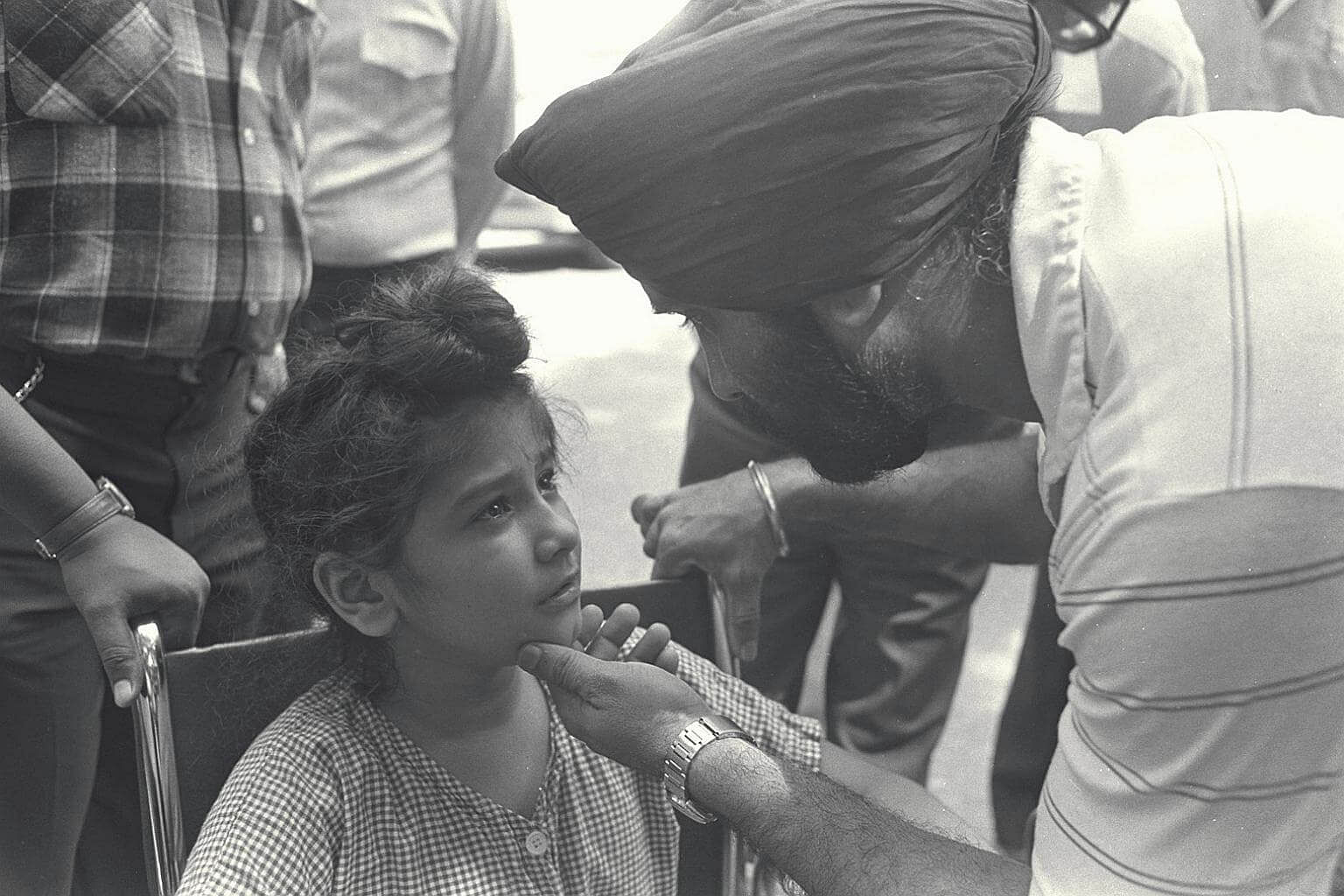
What did the rescue mission look like?
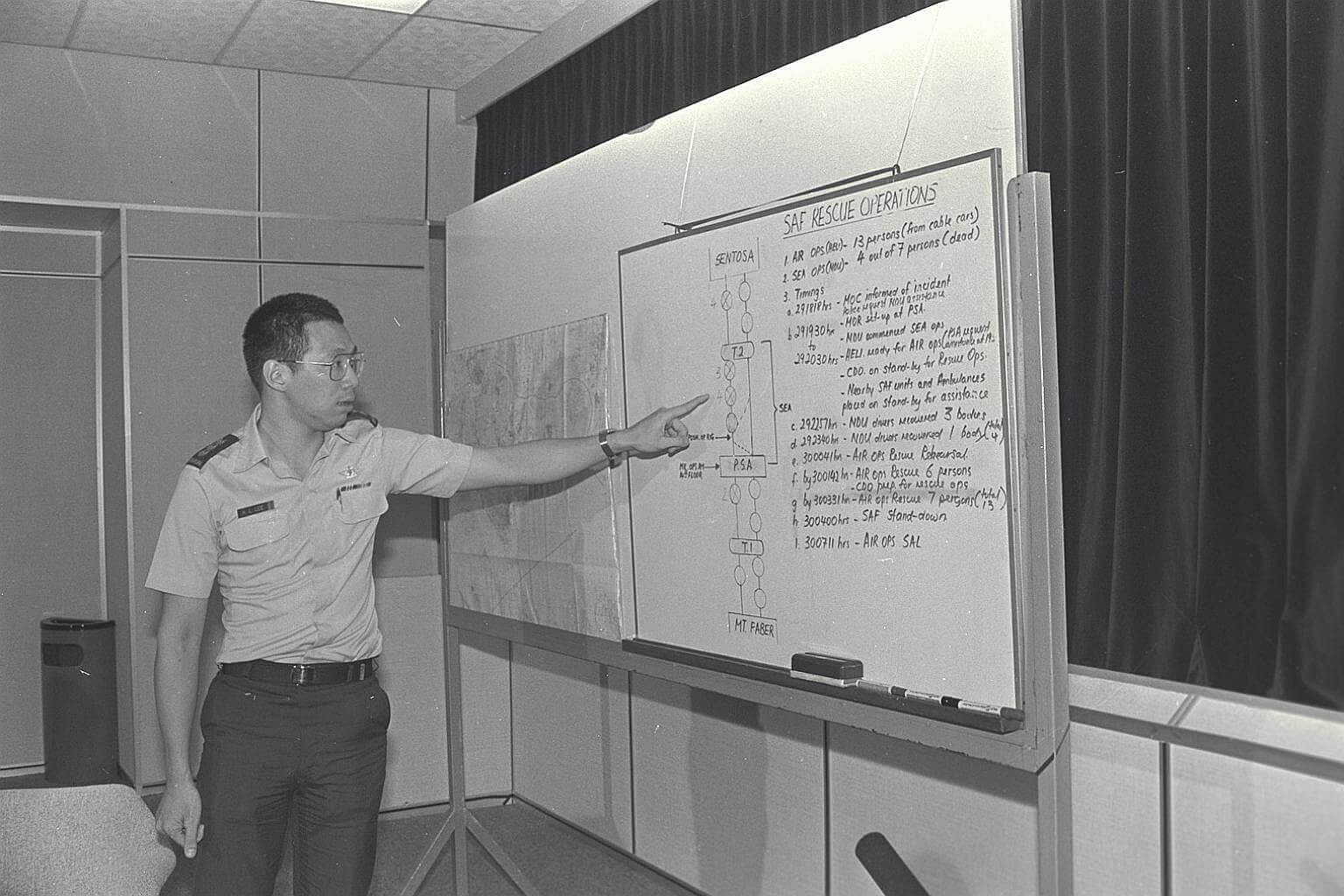
Mr Lee, who headed the rescue operation, said: "We studied several options of retrieving the people from these cars together with the PSA (Port of Singapore Authority), the police and the fire brigade."
Passengers were eventually rescued in mid-air with two military helicopters.
The accident had happened just after 6pm, and the rescue operation kicked off at 11pm.
The helicopter rescue was tricky because the rotor blades generated strong winds that made manoeuvring more difficult, and because the two four-person helicopter crew had to adjust to the night-time conditions.
Other rescue options had been weighed and tabled.
The rescue team's first plan - to use a fire ladder to rescue those in cars above land and a crane or oil rig to reach those at sea - was scrapped because neither the ladder nor crane brought to the scene was tall enough.
In 1978, the original Hawaii Five-O television series filmed an episode in which the villain swung along the cableway.
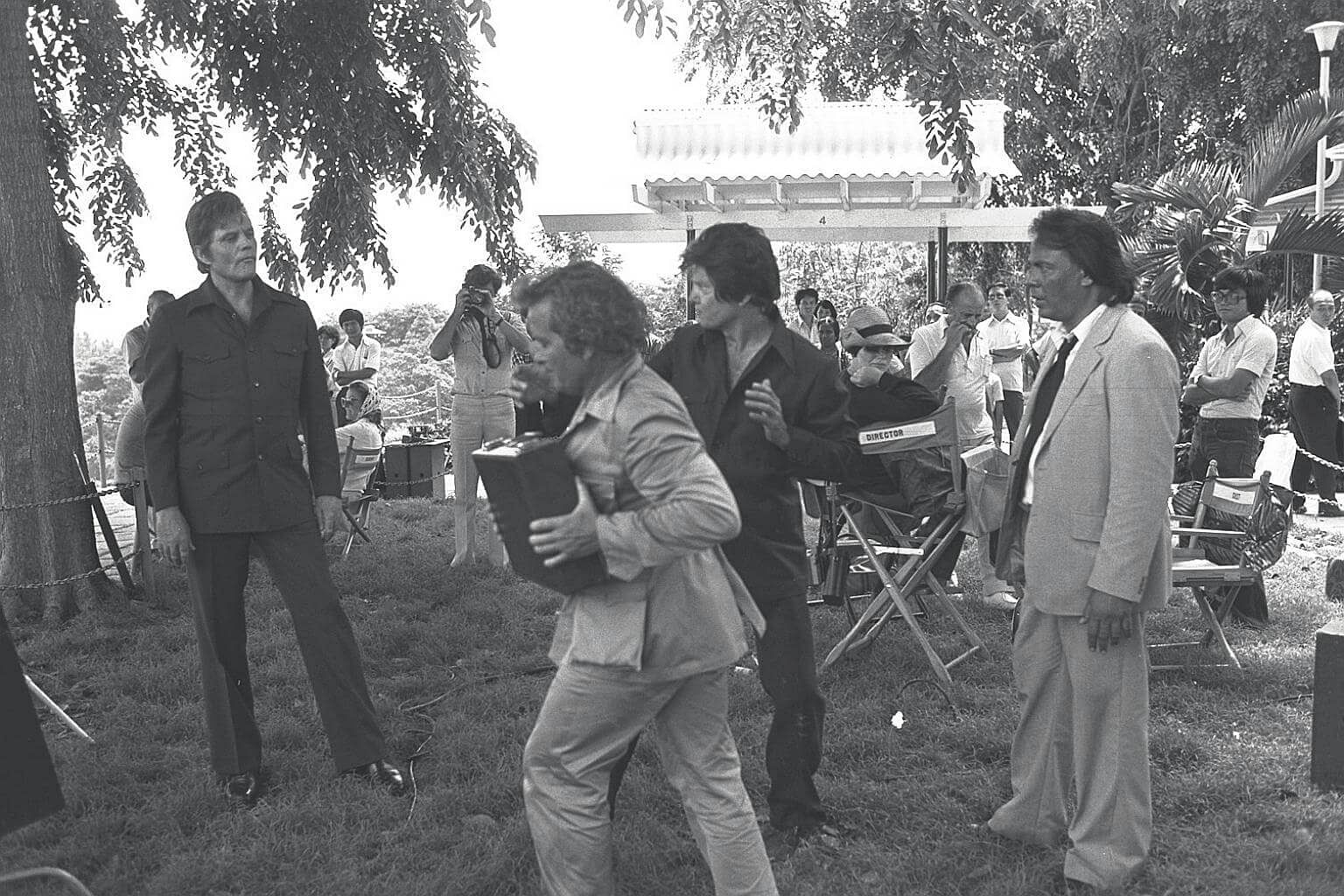
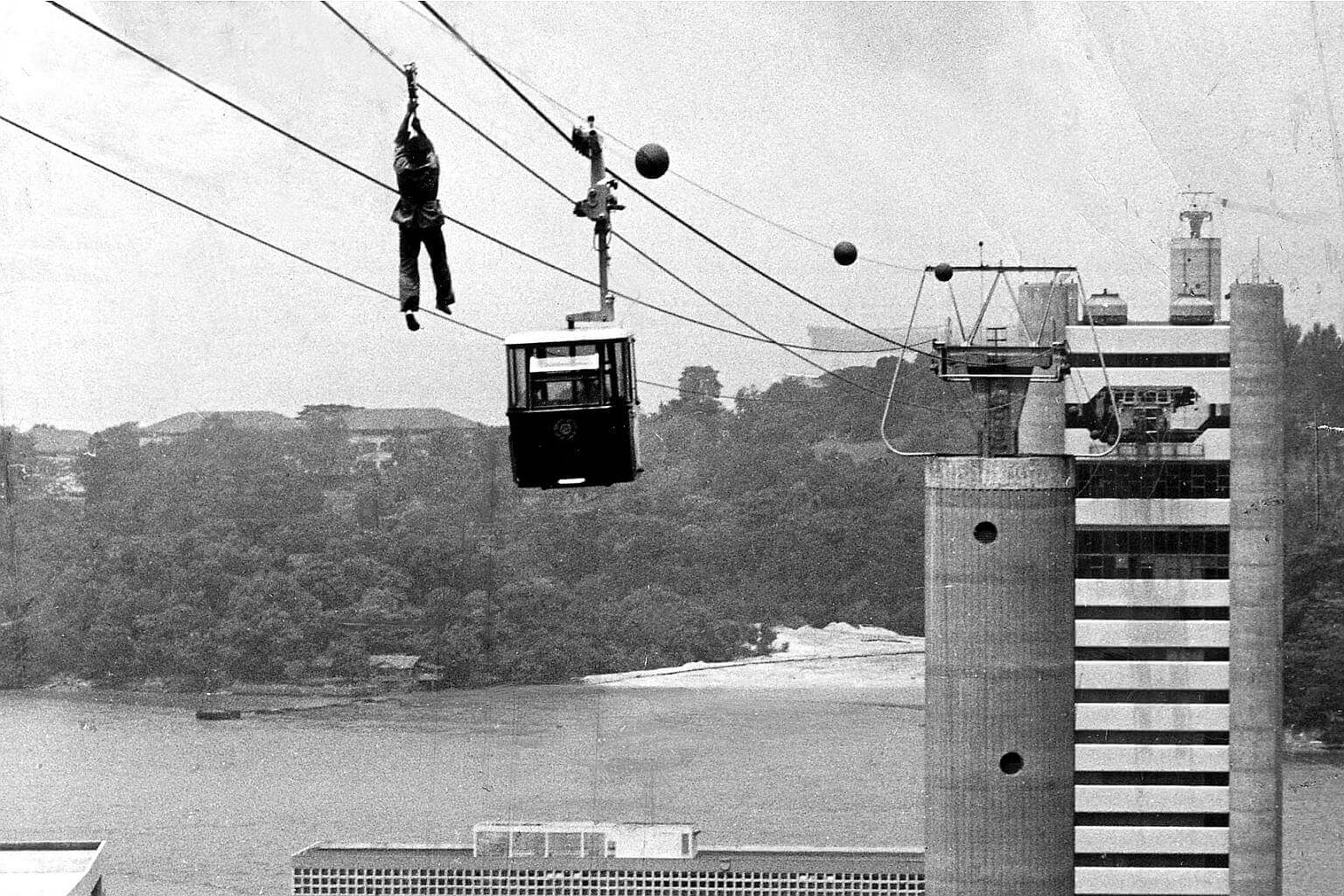
This stuntman derring-do was not in the cards for the rescuers, but the team did consider having commandos crawl along the cables in pairs and lower the passengers to comrades waiting below.
"Should a rescue operation take place, we were concerned that it might put too much stress on the lower cable and the clamps might give way and we might send everything crashing into the sea," Mr Lee said.
The commandos were told that they were the back-up plan, and they set up shop to practise on an empty cable car.
Who were the victims?
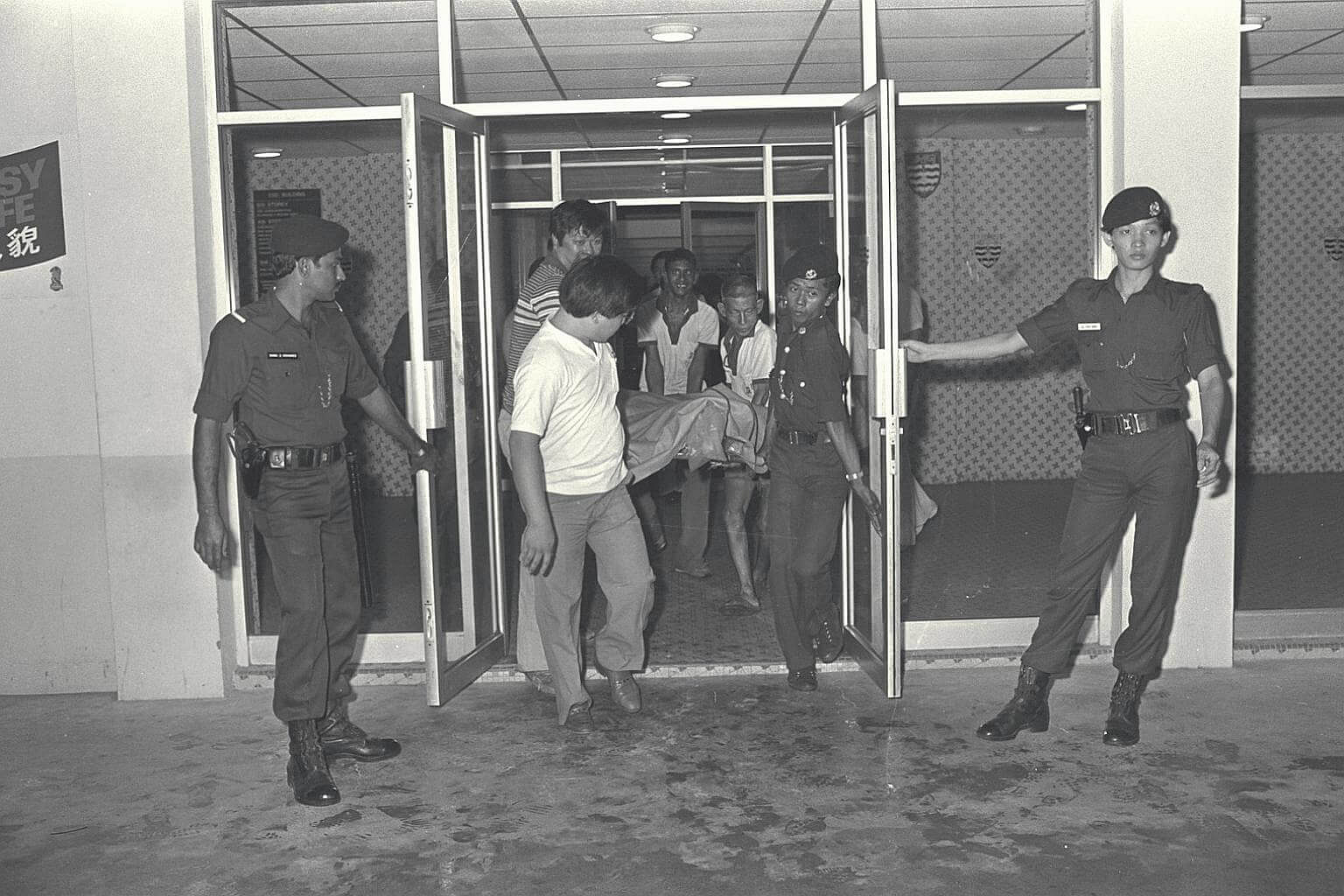
Those who died in the accident included American engineer Fred Kunimoto and his business associate Fred Kresser; a married couple, Dr Aileen Wong Foong Oi and Dr John Frederick Jex; and Dr Jex's nurse, Ms Pam Mitchel.
Two members of a family on a group excursion, Madam Pritam Kaur and Mr Mahinder Singh, also fell to their deaths after being flung out when the door was jolted open.
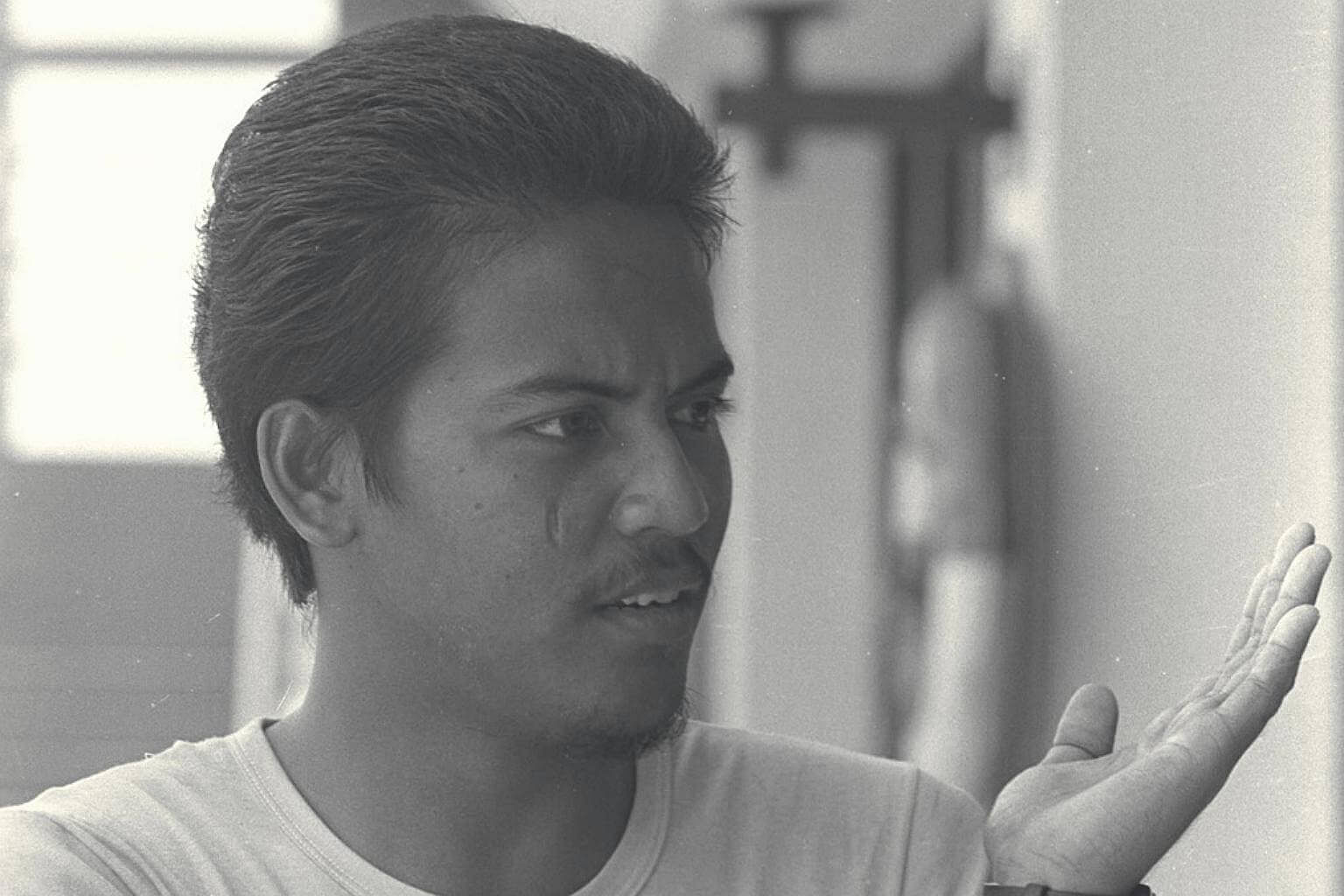
It was an agonising night for the 13 survivors trapped in stuck cable cars, the last of whom was rescued only at 3.31am.
Office attendant Halijah Manaf had been celebrating her 19th birthday only hours before the accident.
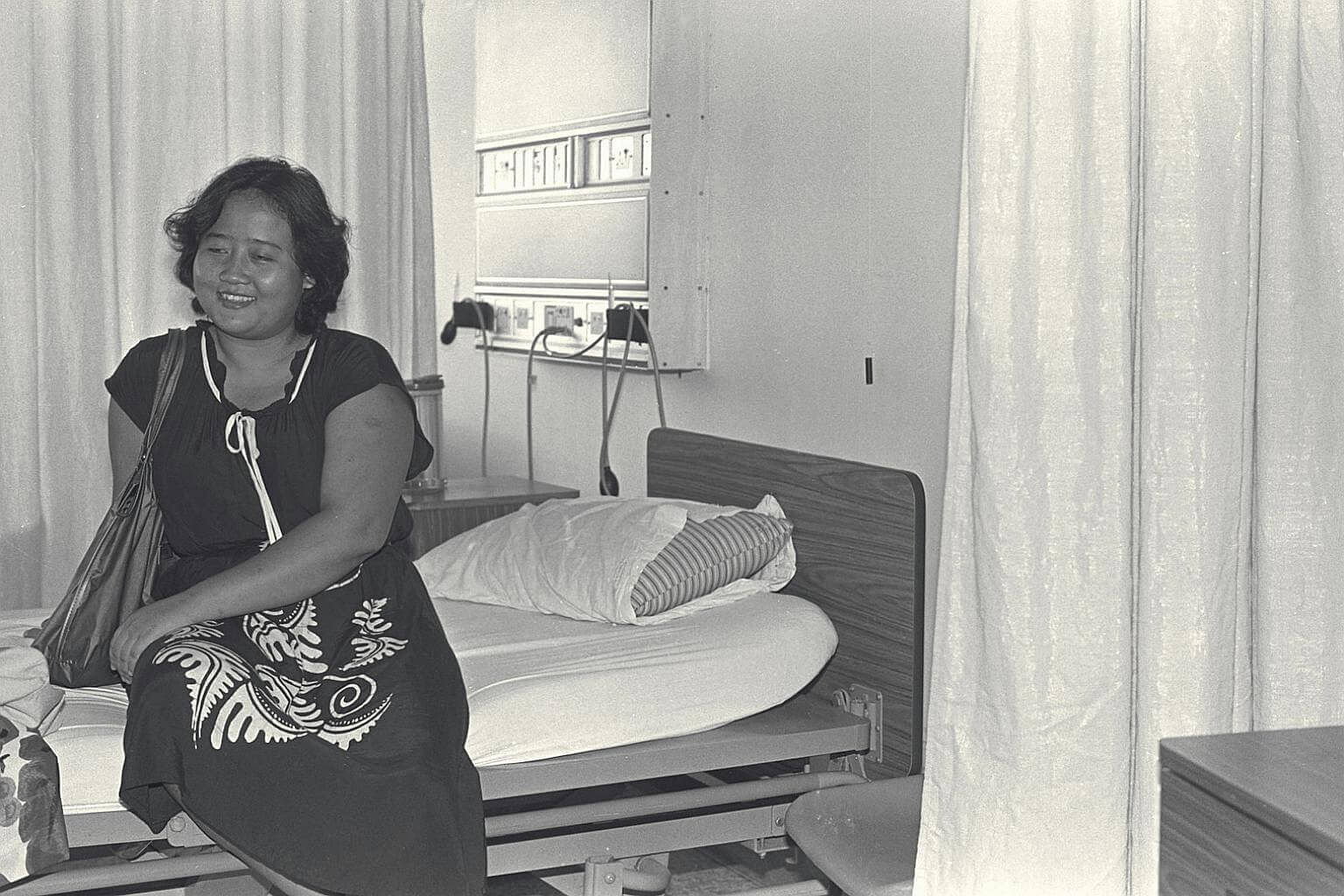
One of the other passengers in her car, Mr Hamid Jom, said: "It was like playing with death, trying to stay calm when we were not, and trying to keep still so that the cable would not give way."
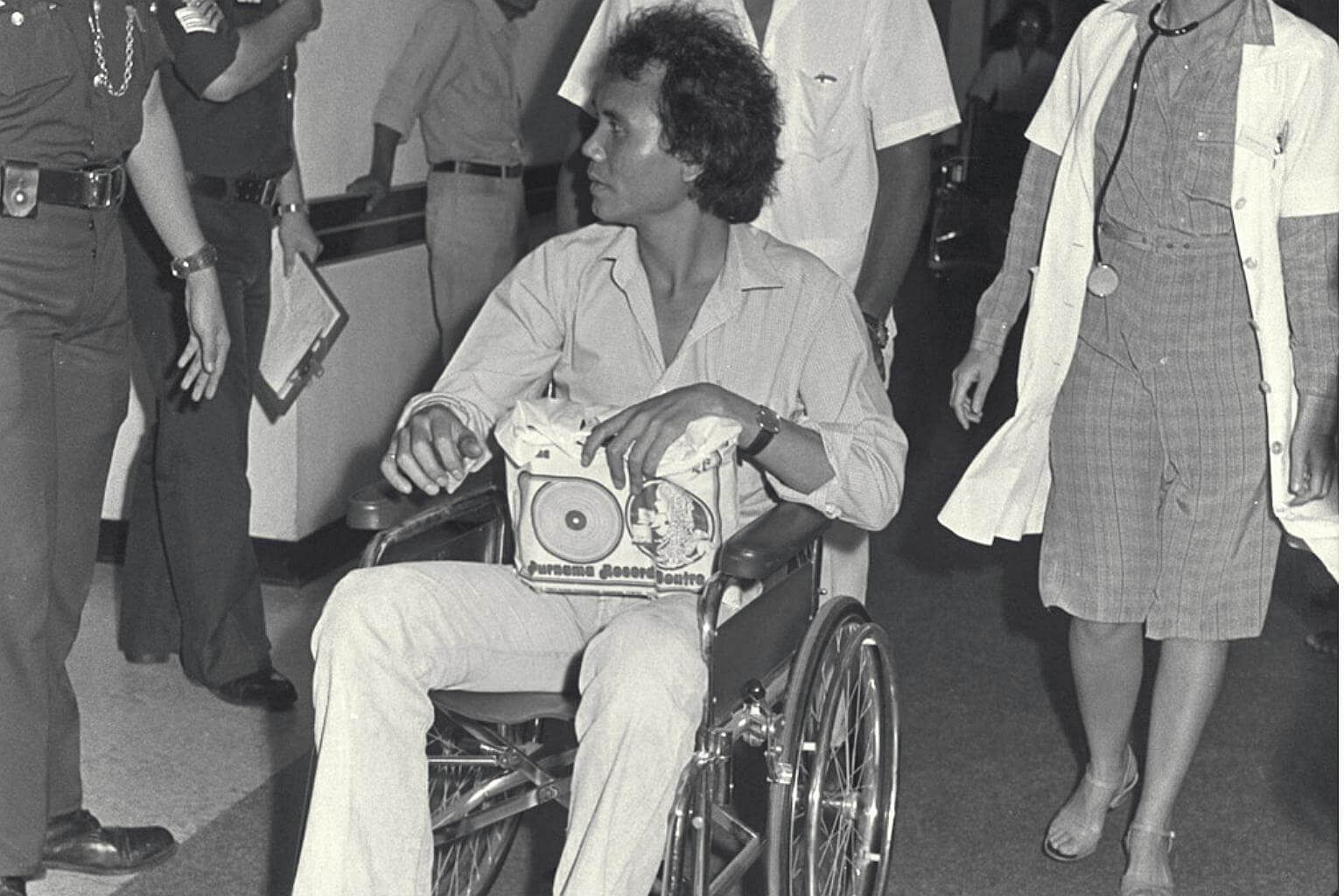
Even years afterwards, many survivors lived with guilt and fear.
Mr Jagjit Singh, who was eight when the accident happened, struggled with the knowledge that his family had planned the Sentosa excursion to cheer him up after he faced problems in school.
Mr Mahinder Singh's widow Harbajan, who fell in the cable car and lost consciousness, was psychologically scarred and later plagued with frequent fainting spells. Meanwhile, Tasvinder's mother, Madam Manmohan Kaur, developed a phobia of riding double-decker buses and fast cars.
Who was at fault?
The drilling derrick was installed while Eniwetok was at Keppel Shipyard to be converted into an offshore drilling platform.
It brought the ship's height to 69m, exceeding the cableway's 56.5m clearance height. Yet no one seemed to know this crucial fact.
The three-member Commission of Inquiry appointed by then-president Devan Nair judged the ignorance of the ship's height to be the prevailing cause of the disaster.
Neither the ship's master nor the chief officer were aware of Eniwetok's new height. They and their PSA-appointed pilot were lambasted by the Commission of Inquiry for not finding out the ship's height.
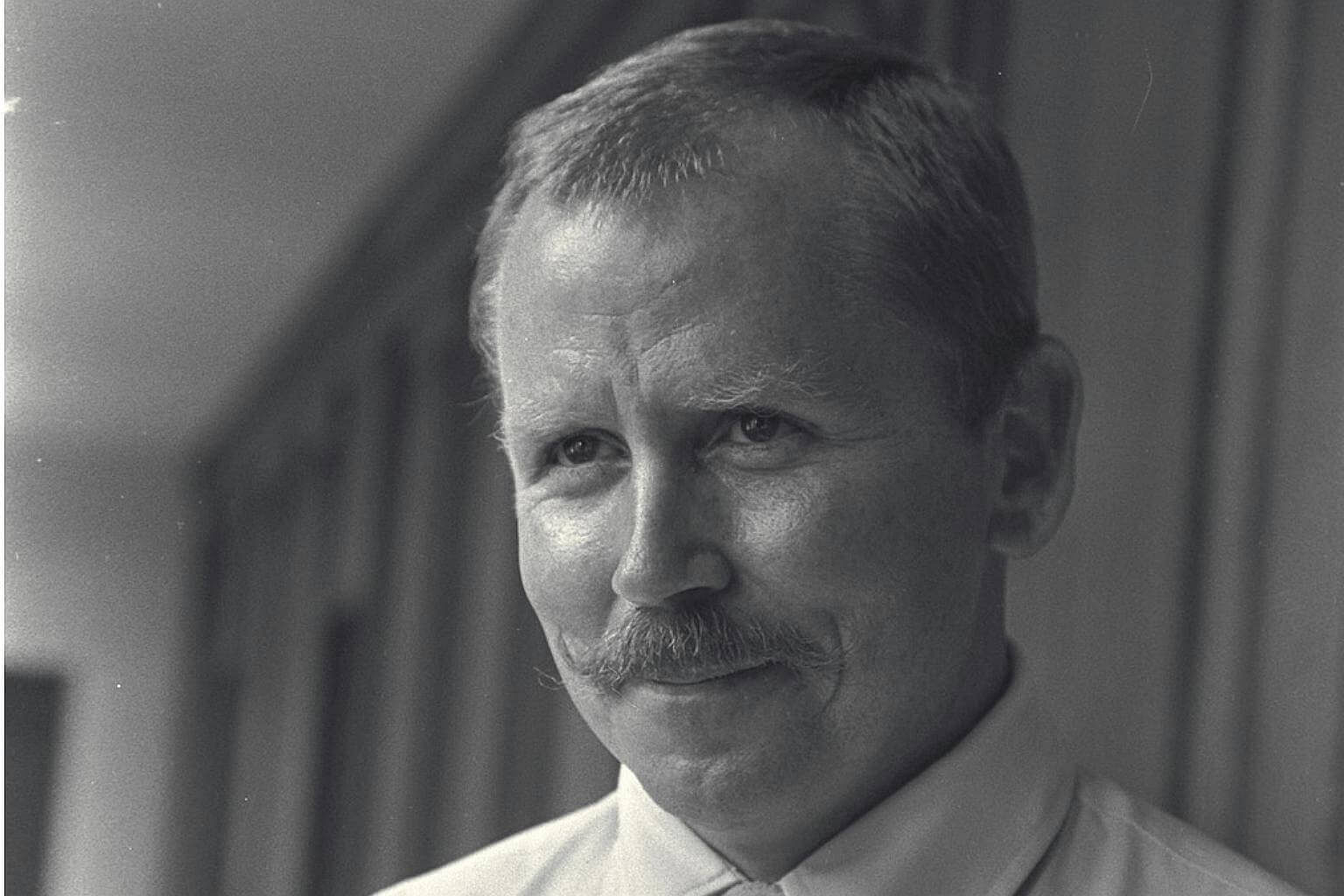
The cable car system was found to be sound and the cable car company was exonerated of responsibility for the accident.
How old was the cable car system at the time?
The Sentosa cable car system was introduced in 1974 and opened by the late Dr Goh Keng Swee.
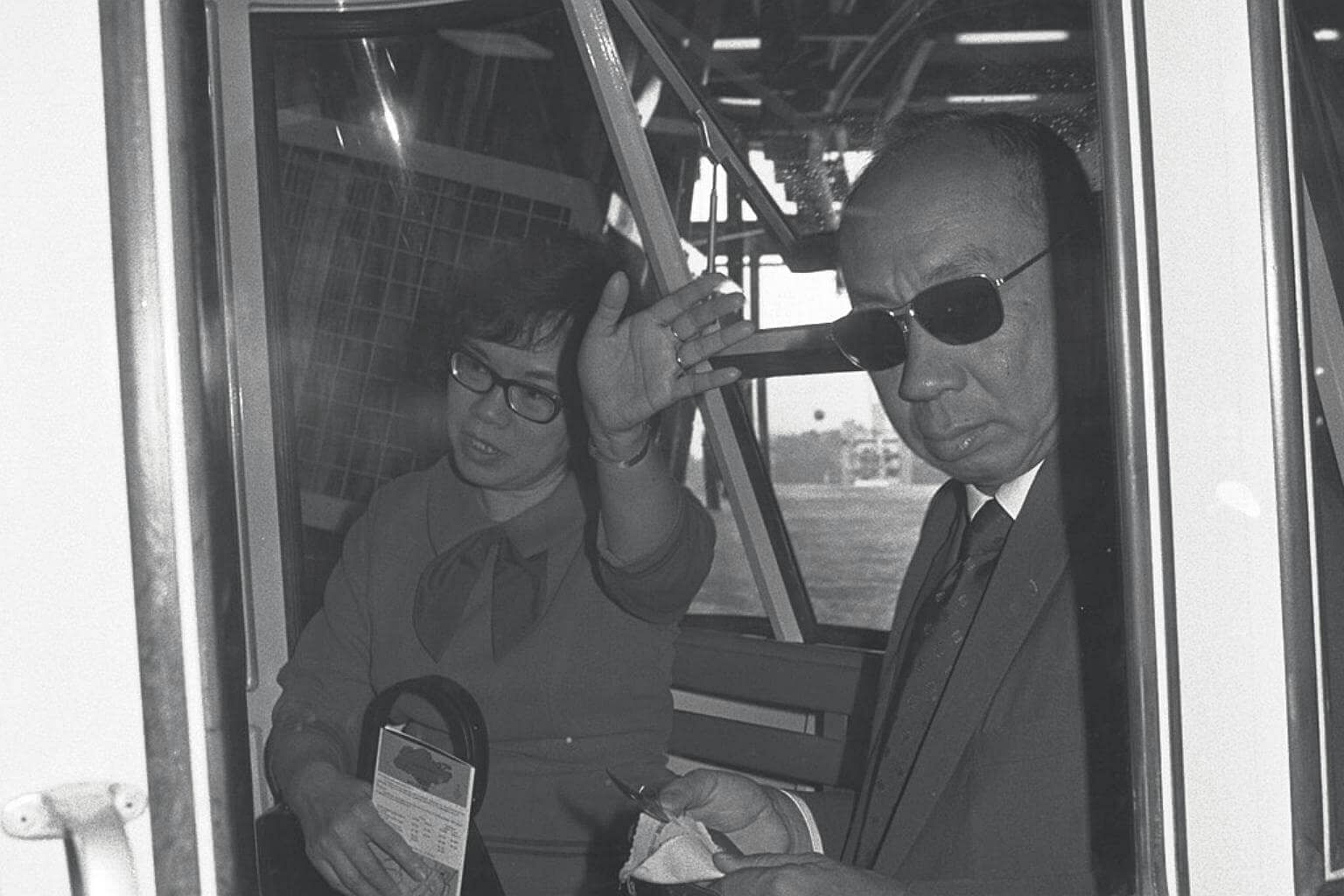
Curious vacationers flocked in droves to the Mount Faber cable car station to board the 17-minute round trip.
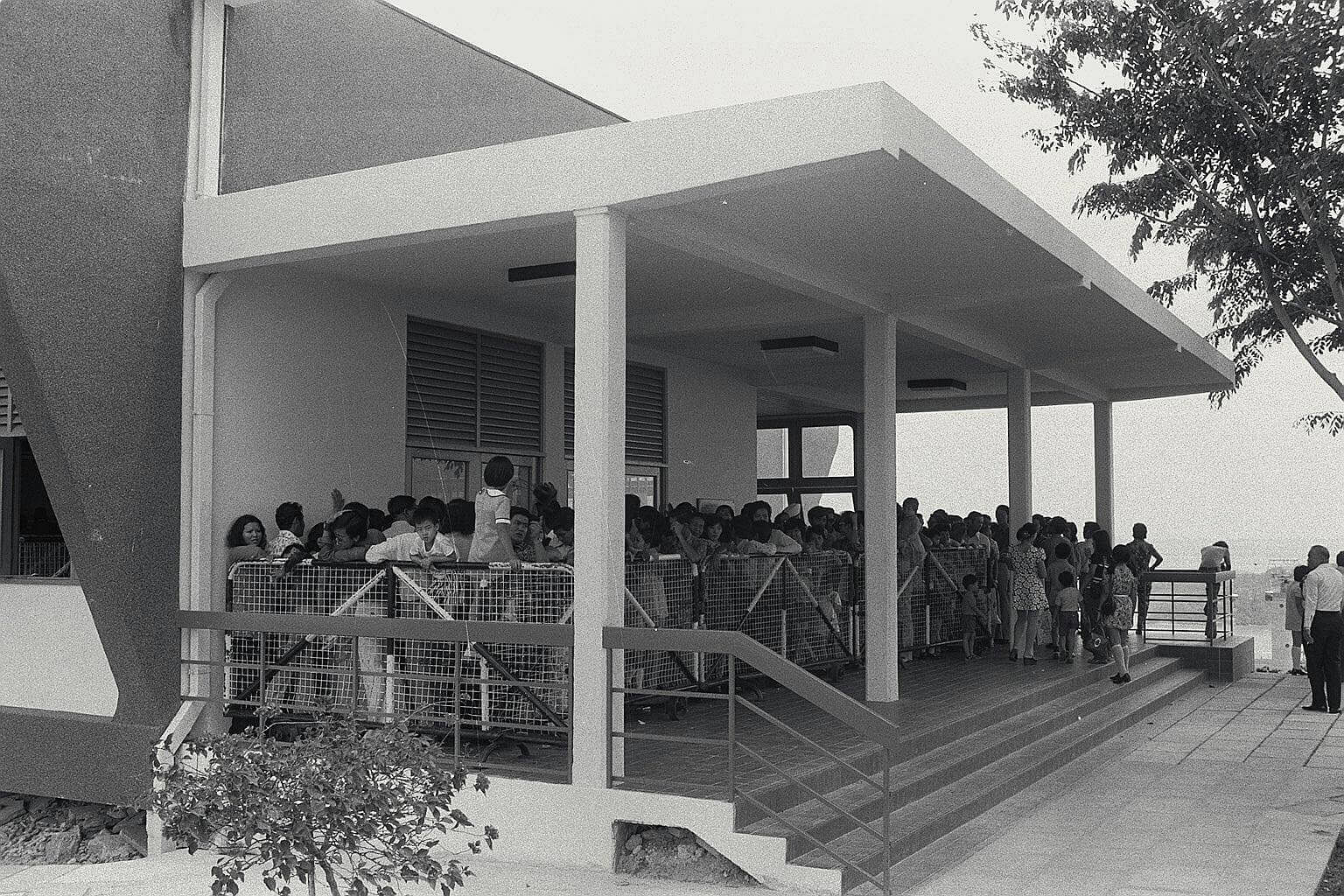
The now-familiar glass-bottomed cable cars did not make their debut until two decades later.
Have there been similar episodes?
The accident was the first with casualties on the Sentosa cable car line. There had been a few breakdowns in 1977 which left passengers stranded mid-air, but they were all unharmed.
One of the 1983 disaster survivors, Ms Halijah Manaf, had also been stuck in a cable car during a thunder storm in 1979.
In 2014, construction was underway on a new intra-island cableway on Sentosa when an empty car became dislodged and crashed. No one was hurt but a member of the staff in another cable car was trapped for several hours.
